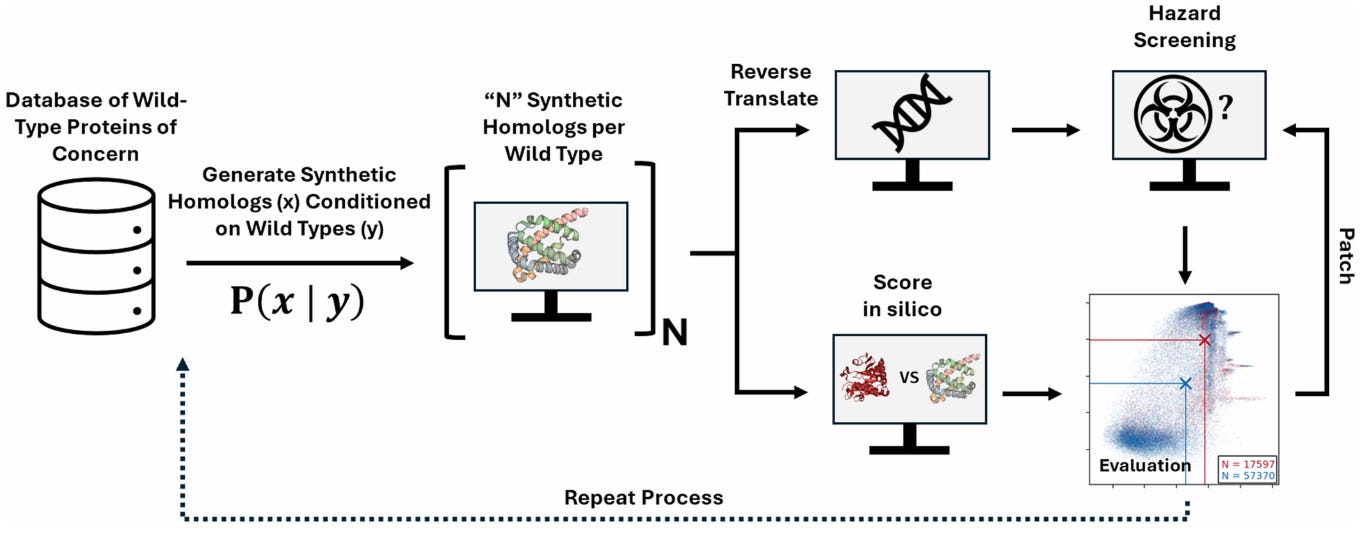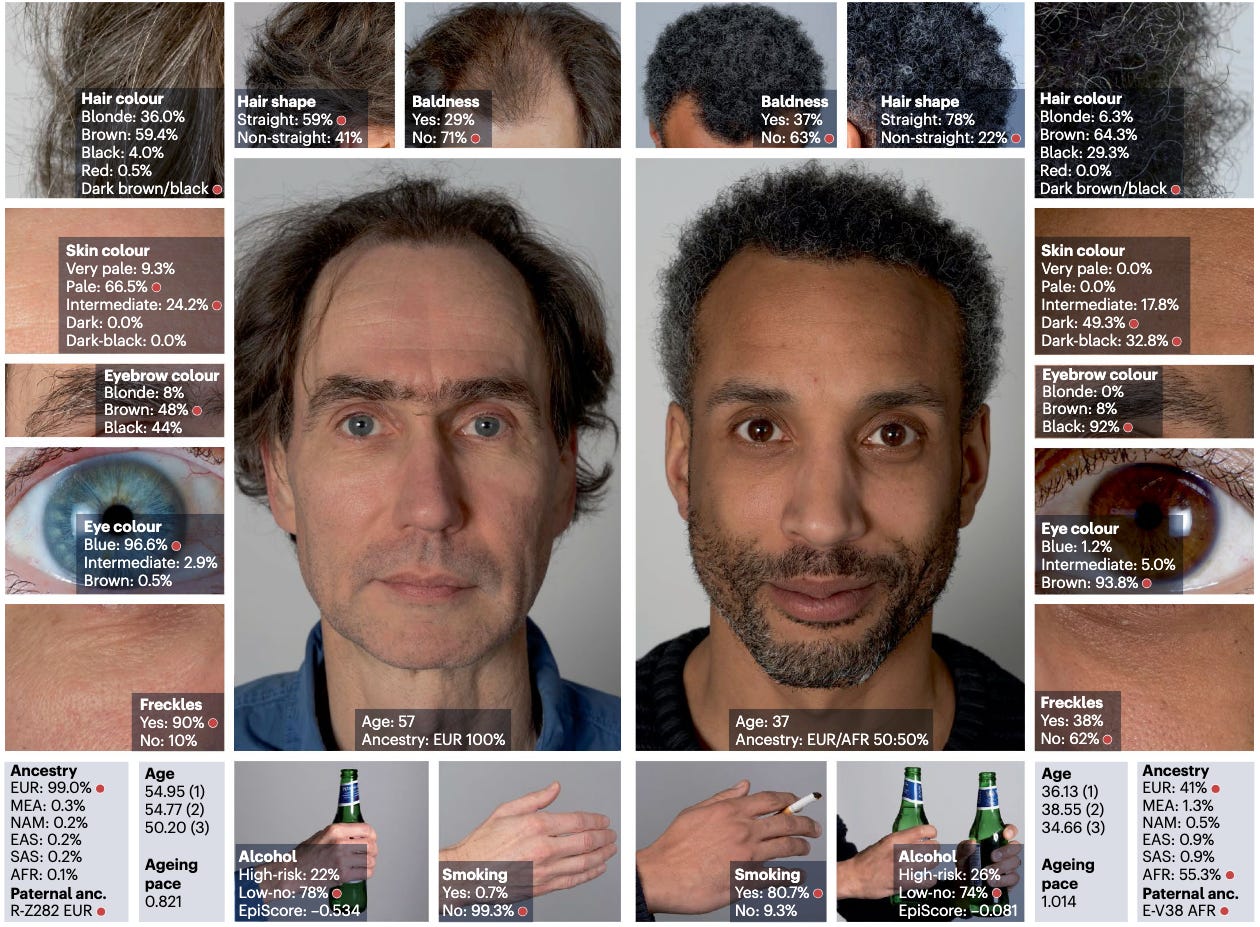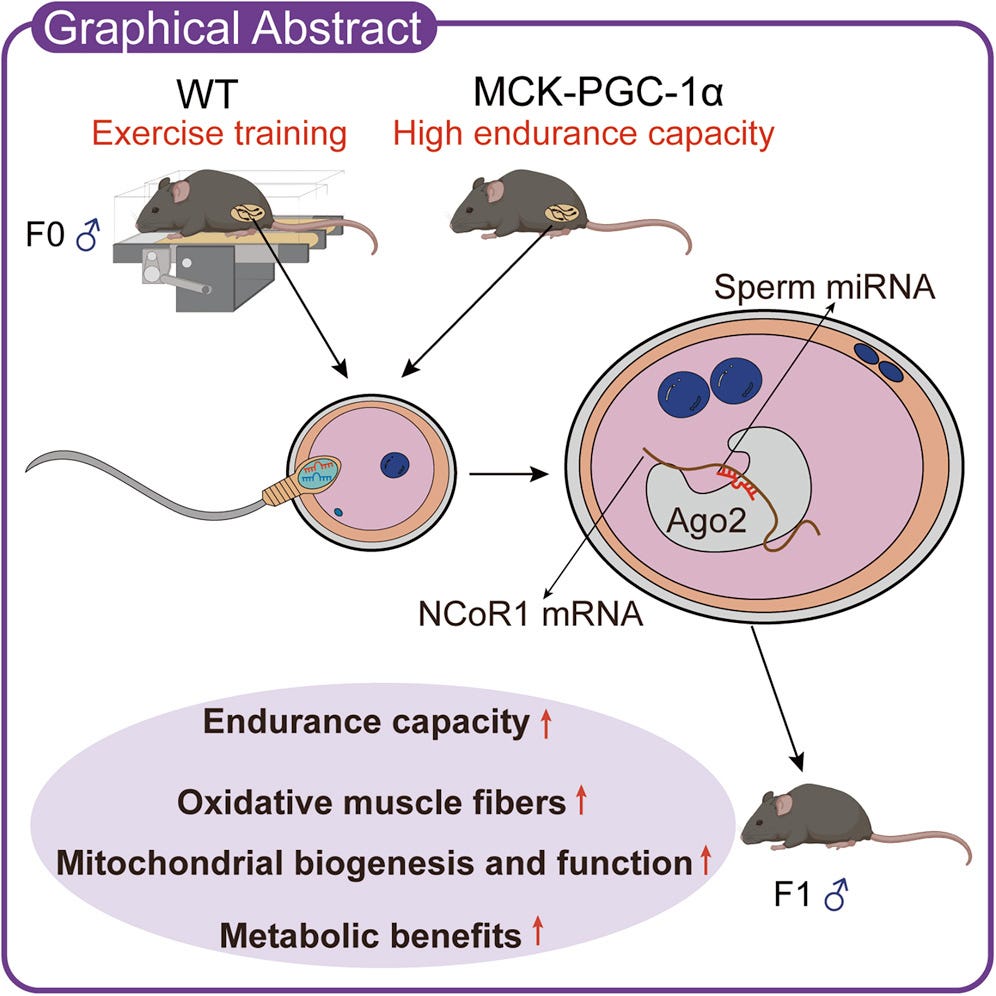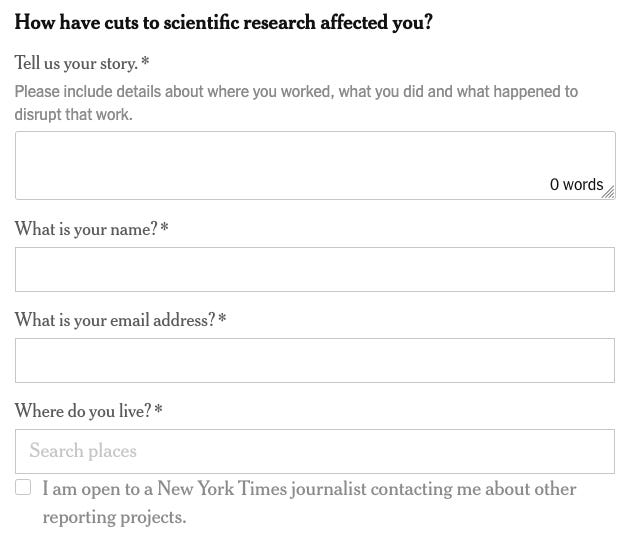Weekly recap (Oct 10, 2025)
AI x biosecurity, R updates (Blaze, RWeekly, R Consortium), genome engineering & conservation, AI & labor, RAG, Lost Science, AI in medicine, ggplot2, Quarto, DNA forensics in the genomic era
Happy Friday, colleagues. It’s the end of the week and once again I’m going through my long list of idle browser tabs trying to catch up where I can. Lots of R and AI-related news this week.
Strengthening nucleic acid biosecurity screening against generative protein design tools. This was a really cool paper published in Science this week from a team at Microsoft, Battelle, IDT, Twist, and others. I’ll have more to say on AI and biosecurity soon. This paper essentially describes a zero-day vulnerability in biosecurity screening protocols using AI-assisted protein engineering. The basic design was simple: use AI to design toxic proteins that have a different sequence than known sequences of concern, but preserved structure and function of the troublesome protein.
Another paper close to my heart published this week in Nature Reviews Genetics: Forensic genetics in the omics era. I spent several years in the forensic genomics space while I was at Signature Science. There have been lots of interesting developments in this space over the last decade. But there’s still widespread misunderstanding and over-optimism within the law enforcement and national security communities on what can really be done confidently in some of the more out there procedures (think: forensic DNA phenotyping, genetic genealogy, face prediction, etc).
R Consortium blog: The Sovereign Tech Fund invests $450,000 in R Foundation to Enhance R’s Sustainability and Security.
Data Scientist (with R): 7th October 2025: Community news and updates, IDEs, Quarto, and automation, ggplot2 mapping and visuals, statistics, text, and reporting, iteration, simulation, and idiomatic R, and academic research.
Tutorial from Charlotte Wickham at Posit: Creating a new Quarto document in Positron, from setup through publishing.
Tidyverse blog: ggplot2 styling.
HPC Tech Shorts (YouTube): arm64 is about to change life sciences ... dramatically.
Would a ban on genetic engineering of wildlife hamper conservation? In this case, I think Betteridge’s law of headlines doesn’t apply, and the answer is “yes, it very well could.” I’m biased, but see my two most recent papers on the topic:
(July 2025, Nature Reviews Biodiversity): Genome engineering in biodiversity conservation and restoration (read free: https://rdcu.be/ewG5R; blog post here).
(Sep 2025, Journal of Heredity): De-extinction technology and its application to conservation.
Celia Ford on Asimov Press: A Shift from Animal Testing. There has been a push toward animal-free alternatives in scientific research. But the success of such alternatives hinges upon whether and where they can outperform standard animal models.
Stanford Digital Economy Lab / Stanford Institute for Human-Centered AI: Canaries in the Coal Mine? Six Facts about the Recent Employment Effects of Artificial Intelligence. See also the IEEE Spectrum coverage of this paper: How Badly Is AI Cutting Early-Career Employment? U.S. software engineers, among others, are feeling the effects. A particularly concerning figure from the paper:
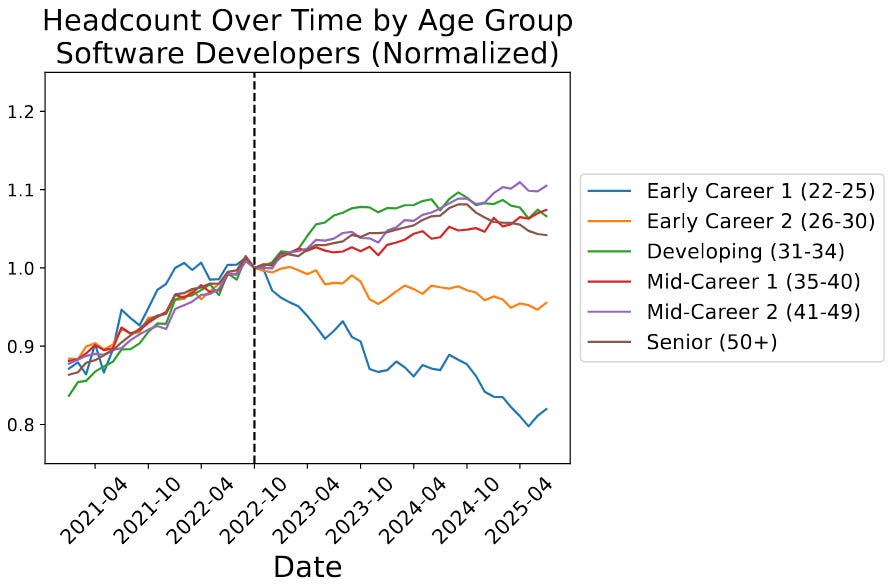
Claus Wilke: We still can’t predict much of anything in biology. Biology is hard. Yes, even for AI.
Interested in science writing? Come work with me at University of Virginia School of Data Science! We’re hiring a writing and editorial specialist.
Richard Sever at openRxiv: Preprint mandates gather momentum.
A super interesting paper in Cell Metabolism: Paternal exercise confers endurance capacity to offspring through sperm microRNAs. From the abstract: “offspring sired by exercise-trained fathers display intrinsic exercise adaptations and improved metabolic parameters compared with those sired by sedentary fathers.”
Chris Heinzmann: Diving into RAG and Customizing LLMs.
Nicolas Bustamante: The RAG Obituary: Killed by Agents, Buried by Context Windows. Why Retrieval-Augmented Generation Won’t Survive the Context Revolution and the End of Chunking, Embeddings, and Rerankers as We Know Them.
Eivind Kjosbakken at Towards Data Science: How to Build a Powerful Deep Research System. Learn how to access vasts amounts of information with your own deep research system.
Incognito Cat: Privacy vs. Accuracy: Setting Realistic Expectations for Your Home LLM.
Lost Science is a new NYT series of accounts from scientists who have lost their jobs or funding after cuts by the Trump administration. The first interview by Carl Zimmer: She Studied How Logging Affects Pollinators: Kim Ballare was a research ecologist with the U.S. Forest Service until her federal grant “got snatched away.”
Andrew Ng has a new Agentic AI course available online.
A new review paper in Nature Medicine: Generative artificial intelligence in medicine.
Finally, a few other papers and preprints that caught my attention this week:
Prediction of Polygenic Risks by Screening Thousands of Polygenic Scores
Strengthening nucleic acid biosecurity screening against generative protein design tools
Alice: fast and haplotype-aware assembly of high-fidelity reads based on MSR sketching
SNiPgenie: a tool for microbial SNP site detection from WGS data
‘Where’s the line? It’s an absurd line’: towards a framework for acceptable uses of AI in assessment
Survival by Design: The BWC’s Autopoietic Response at Fifty to a Disaggregated Biosecurity Ecosystem
Multimodal AI agents for capturing and sharing laboratory practice

